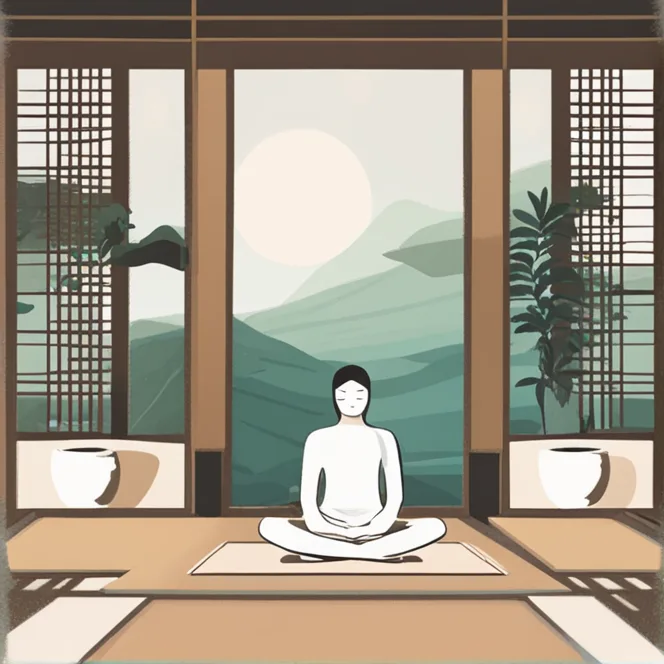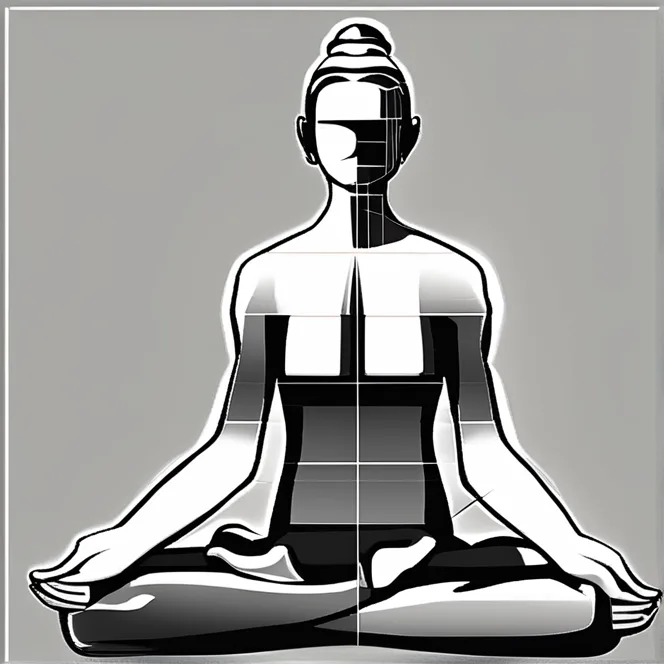
Unlocking Meditation Basics
Learn the fundamental steps of starting a meditation practice for enhanced mindfulness and well-being.
article by Hina Kurosawa
Introduction to Meditation
Meditation is a practice aimed at training the mind, similar to how fitness is an approach to training the body. It's a powerful tool to enhance mindfulness and achieve a mentally clear and emotionally calm state. Despite common misconceptions, meditation does not require special equipment or hours of practice each day. Even a few minutes can be beneficial for starters. In this article, we'll guide you through the steps of initiating a meditation practice, focusing on its simplicity and accessibility for all.

Choosing the Right Environment
Your environment plays a significant role in the effectiveness of your meditation practice. Choose a quiet space where you won't be disturbed. It could be a special corner of your room, a serene spot in your garden, or any place that invokes a sense of peace. Ensure your meditation area is clean and free from clutter. A tranquil environment helps minimize distractions, allowing you to focus better on the meditation process.

Setting the Stage
Once you've identified a tranquil environment, it's important to make yourself comfortable. Sit on a chair with your feet flat on the floor or cross-legged on a cushion on the floor. Keep your back straight to promote good posture and allow for proper breathing. Close your eyes to block out visual stimuli and place your hands relaxed on your lap. This physical stability and comfort will help to prepare your mind for meditation.
Focus on Your Breath
Breathing is at the heart of meditation. Start by taking a few deep breaths, inhaling through your nose and exhaling through your mouth. Then, let your breathing return to its natural rhythm. Focus your attention on the breath as it enters and exits your body. As you concentrate on your breathing, you'll likely notice that your mind begins to wander. This is normal. Gently guide your focus back to your breath each time without judgement.

Embracing Mindfulness
Mindfulness is about being present in the moment. As you meditate, observe your thoughts and feelings as they arise, but refrain from judgment or attachment to them. Imagine your thoughts as leaves floating down a stream—they are there, but they drift by without influencing your steady, focused mind. The act of observation without reaction strengthens your mindfulness and enables a deeper meditation experience.
Using Visualization Techniques
Visualization is another tool that can enhance your meditation. Imagine a place that brings you calm and happiness. Visualize yourself being there, experiencing the environment with all your senses. Whether it's the sound of waves on a beach or the smell of a pine forest, vividly imagining a peaceful scene can promote relaxation and focus during your meditation practice.
As your meditation session comes to an end, don't stand up immediately. Slowly bring your awareness back to your surroundings. Acknowledge the peace and tranquility you've cultivated, and gently open your eyes. Take a moment to appreciate the state of relaxation you've achieved before rising. Gradually integrating back into your environment after meditation can help maintain the calmness and clarity you've gained.
Published: 12/13/2023
Modified: 12/14/2023
More predictions
Come back here soon to learn more about yourself and your future


Meditation In Buddhism
Explore the fundamental role and practice of meditation in Buddhist traditions, and how it leads to spiritual awakening and enlightenment.


The Resonance Of Calm: Meditation Sounds
Explore the tranquil world of meditation sounds and their impact on mindfulness and inner peace in this enlightening article.


Enhancing Life With Meditation Practices
Explore the transformative power of gratitude meditation, an enriching practice to enhance well-being and contentment in your daily life.